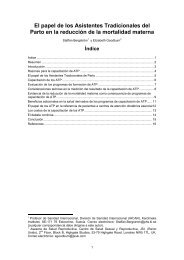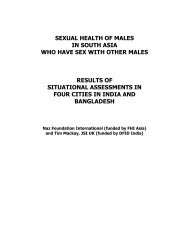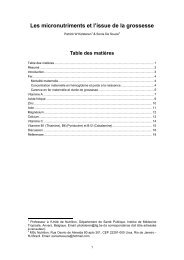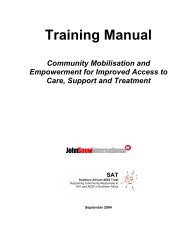book for PDF - John Snow International Europe
book for PDF - John Snow International Europe
book for PDF - John Snow International Europe
You also want an ePaper? Increase the reach of your titles
YUMPU automatically turns print PDFs into web optimized ePapers that Google loves.
ComfreySymphytumofficinale -MadagascarbeanPhaseoluslunatusPigeon peaCajanuscajana fast-growing perennial herb up to 90cm. Plantaround the edge of the vegetable garden, underfruit trees and along paths. The leaves can beused to make, liquid manure, compost andmulch. The leaves may be fed to chickens andrabbits in small amounts. The thick roots helploosen compacted soil and protect it fromerosion. Comfrey prefers wet areas but cansurvive dry spells. To plant, divide up sectionsof the root and sow them.A perennial climber. The beans can be eatengreen or dry. Plant them up trellises or alongfences in the vegetable garden or around fruit treesin the orchard. The leaves can be fed to livestock.Madagascar beans prefer well-drained, fertile soilswith water during dry spells. Soak the seed be<strong>for</strong>eplanting to help germination. Plant on mounds inwarm weather.Pigeon peas are drought tolerant, shrubs that liveup to four years and can reach 4m. The driedbeans are a nutritious pulse. The green beans maybe eaten. The young leaf tips make good livestockfodder. Leaves may be made into liquid manure.Plant pigeon pea as a windbreak, alongboundaries and on contour ridges. It is an excellentnitrogen-fixer. They are grown from seed planteddirectly. Pigeon pea is susceptible to aphids andfungal diseases during moist conditions. The plantis sensitive to frost.83






